Gustavo Didier
A spectral clustering-type algorithm for the consistent estimation of the Hurst distribution in moderately high dimensions
Jan 30, 2025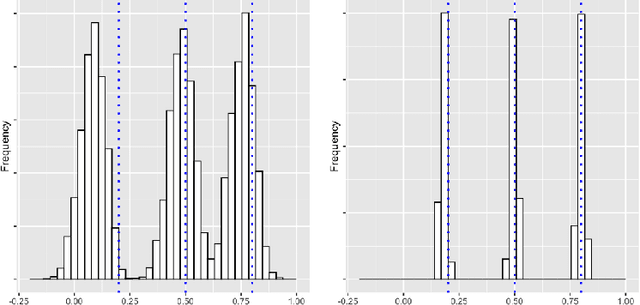

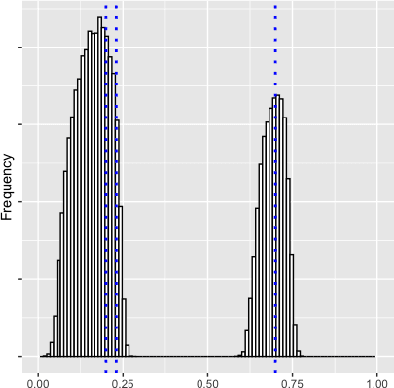

Abstract:Scale invariance (fractality) is a prominent feature of the large-scale behavior of many stochastic systems. In this work, we construct an algorithm for the statistical identification of the Hurst distribution (in particular, the scaling exponents) undergirding a high-dimensional fractal system. The algorithm is based on wavelet random matrices, modified spectral clustering and a model selection step for picking the value of the clustering precision hyperparameter. In a moderately high-dimensional regime where the dimension, the sample size and the scale go to infinity, we show that the algorithm consistently estimates the Hurst distribution. Monte Carlo simulations show that the proposed methodology is efficient for realistic sample sizes and outperforms another popular clustering method based on mixed-Gaussian modeling. We apply the algorithm in the analysis of real-world macroeconomic time series to unveil evidence for cointegration.
Multivariate selfsimilarity: Multiscale eigen-structures for selfsimilarity parameter estimation
Nov 06, 2023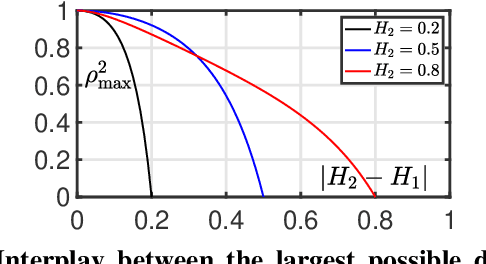
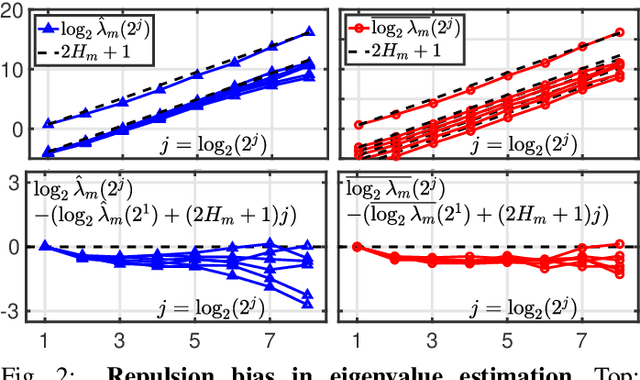
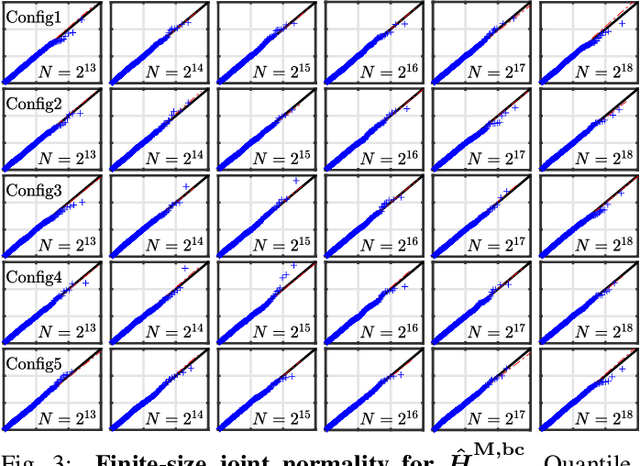
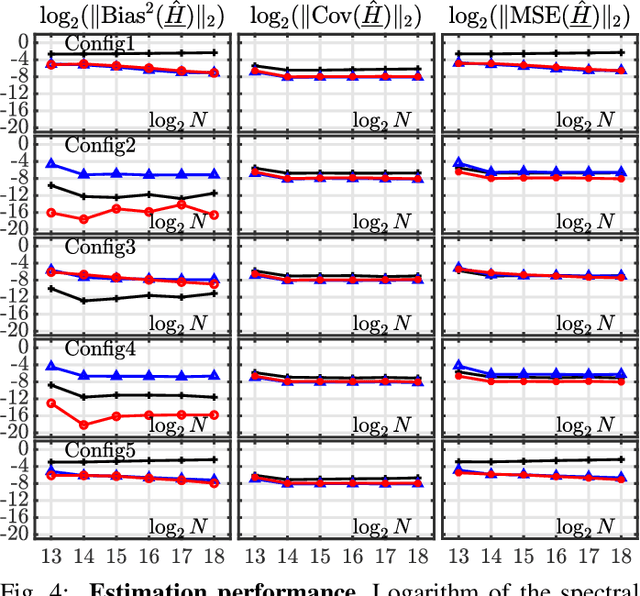
Abstract:Scale-free dynamics, formalized by selfsimilarity, provides a versatile paradigm massively and ubiquitously used to model temporal dynamics in real-world data. However, its practical use has mostly remained univariate so far. By contrast, modern applications often demand multivariate data analysis. Accordingly, models for multivariate selfsimilarity were recently proposed. Nevertheless, they have remained rarely used in practice because of a lack of available robust estimation procedures for the vector of selfsimilarity parameters. Building upon recent mathematical developments, the present work puts forth an efficient estimation procedure based on the theoretical study of the multiscale eigenstructure of the wavelet spectrum of multivariate selfsimilar processes. The estimation performance is studied theoretically in the asymptotic limits of large scale and sample sizes, and computationally for finite-size samples. As a practical outcome, a fully operational and documented multivariate signal processing estimation toolbox is made freely available and is ready for practical use on real-world data. Its potential benefits are illustrated in epileptic seizure prediction from multi-channel EEG data.
 Add to Chrome
Add to Chrome Add to Firefox
Add to Firefox Add to Edge
Add to Edge